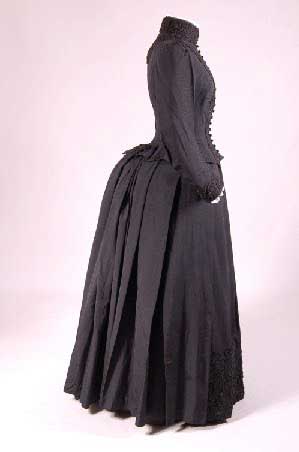
For centuries, clothing and body adornment have served as forms of nonverbal communication to indicate identity. Now that so much of our lives is documented online, appearance has become more important than ever before.
Uniforms can provide a shortcut as to what a person's profession is. Even if a particular job does not have a specific uniform, employees typically conform to a dress code in order to fit in with the company culture. On the other hand, preconceived notions about certain clothing styles can work against the wearer if those notions are negative.
Young people tend to try dressing very similarly to each
other in order to gain their peers' acceptance. Our adherence
to trends shows our need for group belonging. Pauline
Weston Thomas of fashion-era.com explains the cycle of
fashion trends in three steps: first, a design gets approval
from others; then, competitors copy the style; lastly, the fad
gets replaced because it is no longer original. The trend
immediately stops being desirable once something "new"
comes along. Fashion historian James Laver developed a
more complex timeline to describe the cycle. In part of
"Laver's Law," he argues that a piece of clothing is daring one
year ahead of its time, smart when it's in style, and dowdy a
year after the trend has passed.
In The Theory of the Leisure Class, American economist
Thorstein Veblen argues that conspicuous consumption is
generally most obvious in the way we dress because our
appearance is always evident, and people want to make a
good, respectable impression. Fashion is one of our biggest
status symbols because it is so easy to observe.
In the past, clothing has also been used as a political
weapon. In
nineteenth-century England, people were not allowed to wear
clothes made in France. During the twentieth-century communist revolution, uniforms were used to equalize everyone socioeconomically.


